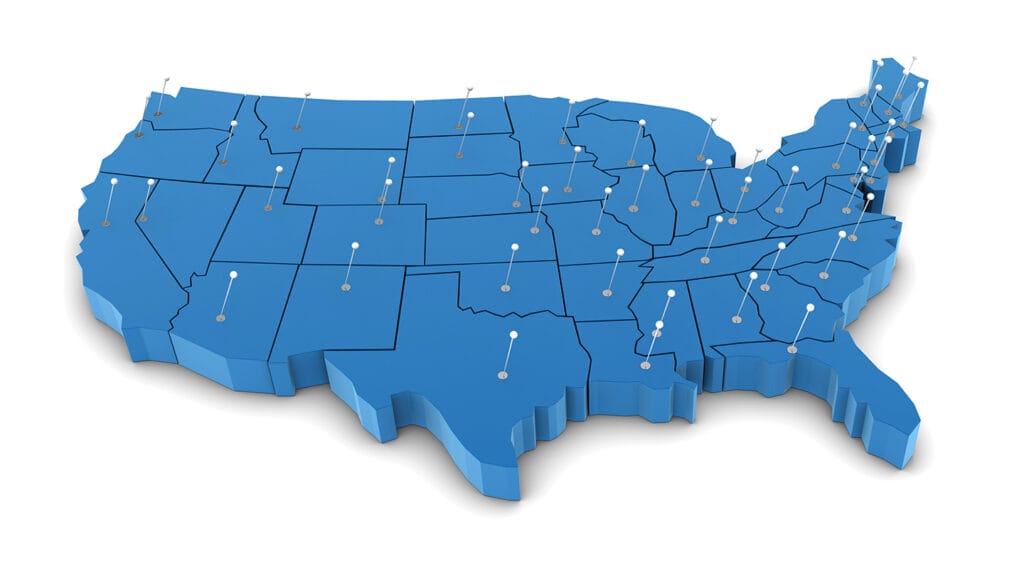
The Department of Health and Human Services extended a lifeline Monday to patients who aren’t able to take advantage of audio and video telehealth services.
HHS issued guidance that will help healthcare providers and payers offer audio-only telehealth services, while still complying with Health Insurance Portability and Accountability Act of 1996 (HIPAA) Privacy, Security, and Breach Notification Rules (HIPAA Rules). The HHS Office for Civil Rights developed the guidance.
“Audio telehealth is an important tool to reach patients in rural communities, individuals with disabilities, and others seeking the convenience of remote options,” OCR Director Lisa J. Pino said in a statement. “This guidance explains how the HIPAA Rules permit healthcare providers and plans to offer audio telehealth while protecting the privacy and security of individuals’ health information.”
Under the guidance, HHS said audio-only telehealth services can be used as long as healthcare providers “apply reasonable safeguards” to ensure that patient privacy and protected health information will not be disclosed. This rule requires that providers conduct telehealth services in a private area and don’t put patients on speaker phones.
The guidance also said HIPAA rules apply when providers are using new technology, such as Voice over Internet Protocol and mobile phones that use Wi-Fi, internet, internet and extranet services. HHS also said covered healthcare providers can offer audio-only telehealth services using remote communication technologies that are HIPAA-compliant, regardless of whether the patient’s health plan covers or pays for those services.
Audio-only telehealth could help fill a gap in remote healthcare for people without reliable access to broadband services. At an HHS telehealth conference last month, experts called for a national policy to create a cohesive broadband plan, calling telecommunications service the “ultimate social determinant of health.”
A recent report by the Federal Communications Commission said about 19 million Americans lack access to fixed broadband service at reliable speeds and 14 million Americans in mostly rural areas have no broadband access.



